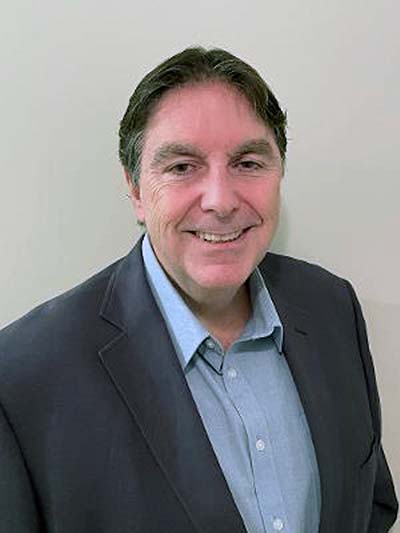Our "It's What We Do" series offers portraits of NYSUT educators who give back to their communities and across the world.
When Rick Keller-Coffey reflects on his 30-year teaching career, he thinks back fondly on the thousands of students he taught. But of all the students who crossed his path, he thinks most often about Mary, Jerold and Christopher.
“Mary was a student who was always tired. She stopped showing interest in class activities and interacting with other students, even her friends,” Keller-Coffey remembered.
 “Jerold always wore long sleeve shirts — even when it was hot. He insisted on sitting in the back of the classroom, or on the side of the room, with his back to the wall.
“Jerold always wore long sleeve shirts — even when it was hot. He insisted on sitting in the back of the classroom, or on the side of the room, with his back to the wall.
“And Christopher often asked for money to buy food and wore clothes that were too big,” said
Keller-Coffey. “I figured that his family was poor.”
What Keller-Coffey missed at the time was that each of those students was being abused.
Since retiring, he has devoted his time working for the betterment — and protection — of children.
He serves as a community education facilitator for the Center for the Prevention of Child Abuse. Each year, the center serves more than 1,100 abused and at-risk children and provides support and education services to more than 3,000 adults. Keller-Coffey is also a member of the Dutchess County BOCES Board of Trustees and the Webutuck Board of Education.
Part of his mission now is to improve educators’ abilities to recognize the signs they may not consider.
“Like all teachers, I cared for my students and was concerned for their welfare. I called the child abuse hotline when I recognized it was necessary, but I was not aware of all the signs,” he said. “Now, in my current position as a community educator, I am painfully aware of what I didn’t know.”
Child abuse includes physical abuse, neglect, sexual abuse and emotional abuse. Keller-Coffey missed the signs that Mary, who eventually stopped washing herself, was being molested by a family member. And Jerold, who was always eager to help out after school, was actually afraid to go home where he was being physically abused. Christopher’s mother had severe mental health problems and would often deny him food and proper clothing.
When Keller-Coffey earned his teaching certificate, the New York State Mandated Reporter Training was not required. Now, all prospective New York teachers must complete the training before they receive certification — but there is no refresher requirement.
“This means any skills they gained are probably completely lost within a fairly short period of time. I know that is what I experienced; and I know that hurt children.” Keller-Coffey said. “My goal is to help correct this situation so more teachers sharpen their skills, and more children can be helped.”
Keller-Coffey encourages all educators to make the time to stay updated on the warning signs and child abuse statistics. And with the reach of social media, it’s also good idea to stay informed of the latest safety-related trends. Viral videos on TikTok have made millions aware of the distress hand signal (palm facing out with the thumb tucked and then trapped by the four fingers).
“Teachers and school-related professionals need to stay updated on how to identify the indicators that children show when they are being abused,” Keller-Coffey said.
“If, when I was teaching, there were regular refreshers about the indicators of abuse, I would have been better able to help my students — especially Mary, Jerold and Christopher,” he said. “In any of my efforts, I try to think about how many children's lives are being improved.”
Child abuse statistics
- A report of child abuse is made every 10 seconds.
- Every year, approximately 4.3 million referrals are made to child protection agencies involving
- Nationwide, an average of five out of six cases of child abuse or neglect go unreported.
- 7.8 million children (a referral can include multiple children).
- 1 in 4 girls and 1 in 6 boys will be sexually abused before they turn 18 years old.
- 75% of the people in treatment for drug abuse reported being abused as children.
Resources